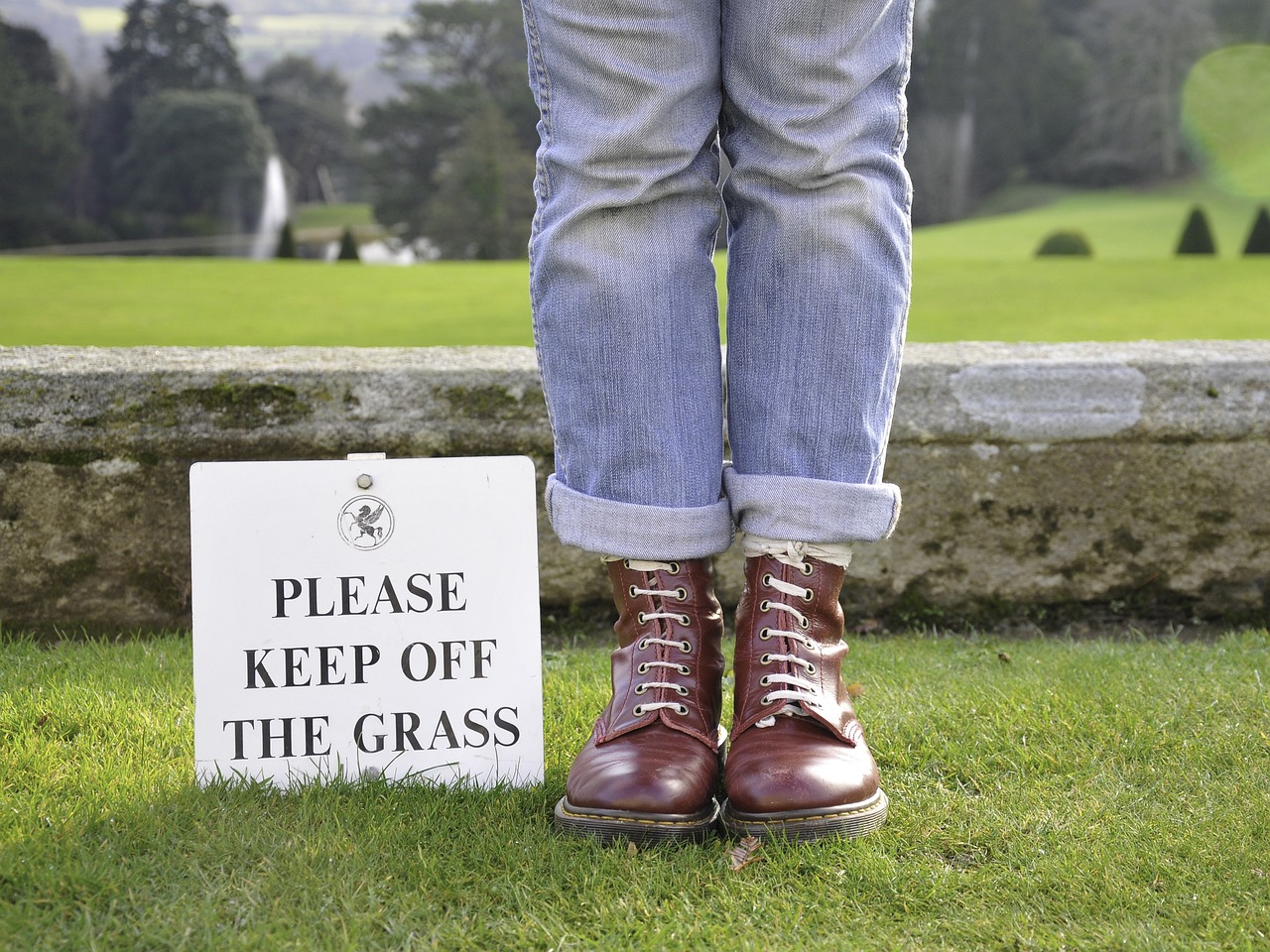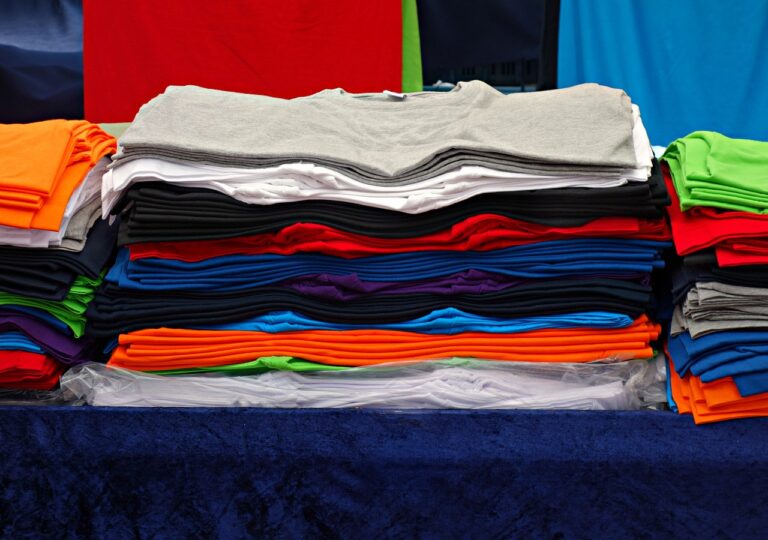Fashion and Artisanal Craftsmanship: Celebrating Handmade Techniques
Handmade techniques in fashion have a rich history dating back to ancient civilizations. In early societies, garments were intricately crafted by hand using techniques such as embroidery, weaving, and sewing. These methods allowed for the creation of unique and personalized pieces that reflected the culture and traditions of the time.
As civilizations progressed, handmade techniques continued to be an integral part of fashion production. During the Renaissance period, skilled artisans honed their craft, creating exquisite garments adorned with intricate lacework and elaborate embellishments. Handmade fashion techniques were not only a means of creating clothing but also a form of artistic expression and craftsmanship that was highly valued and celebrated.
The Importance of Supporting Artisanal Craftsmanship
In today’s fast-paced world of mass production and consumerism, the significance of supporting artisanal craftsmanship in the fashion industry cannot be understated. Handmade techniques not only preserve traditional skills and cultural heritage but also embody a sense of uniqueness and authenticity that is often lacking in mass-produced clothing.
By choosing artisanal products, consumers have the opportunity to invest in pieces that are not only beautifully crafted but also sustainable and ethical. Supporting artisans means supporting small businesses and local communities, contributing to a more diverse and vibrant fashion landscape.
Exploring Different Handmade Techniques in Fashion
When it comes to exploring different handmade techniques in fashion, one cannot overlook the art of embroidery. This intricate craft involves stitching various designs onto fabric, adding a touch of elegance and personality to any garment. From delicate floral patterns to bold geometric shapes, embroidery has the power to elevate a piece and make it truly unique.
Another fascinating handmade technique to consider is hand weaving. This age-old tradition involves the meticulous interlacing of threads to create textiles with depth and texture. Whether it’s a cozy scarf, a statement handbag, or a beautiful tapestry, hand weaving adds a sense of craftsmanship and artistry that cannot be replicated by machines.
• Embroidery is an intricate craft that adds elegance and personality to garments
• Designs can range from delicate floral patterns to bold geometric shapes
• Elevates a piece and makes it truly unique
• Hand weaving is an age-old tradition that creates textiles with depth and texture
• Meticulous interlacing of threads results in craftsmanship and artistry
• Can be used for scarves, handbags, tapestries, and more
What is the history behind handmade techniques in the fashion industry?
Handmade techniques in fashion have been used for centuries, with artisans and craftsmen creating unique pieces using traditional methods such as embroidery, weaving, and hand-sewing.
Why is it important to support artisanal craftsmanship in fashion?
Supporting artisanal craftsmanship in fashion helps preserve traditional techniques, supports local economies, and promotes sustainability by valuing quality over quantity.
What are some different handmade techniques used in fashion?
Some examples of handmade techniques in fashion include hand embroidery, hand knitting, hand weaving, hand dyeing, and hand quilting, each adding a unique touch to a garment.
How can consumers help support artisanal craftsmanship in the fashion industry?
Consumers can support artisanal craftsmanship by choosing to buy handmade pieces, supporting small businesses and independent designers, and educating themselves on the value of traditional techniques in fashion.







